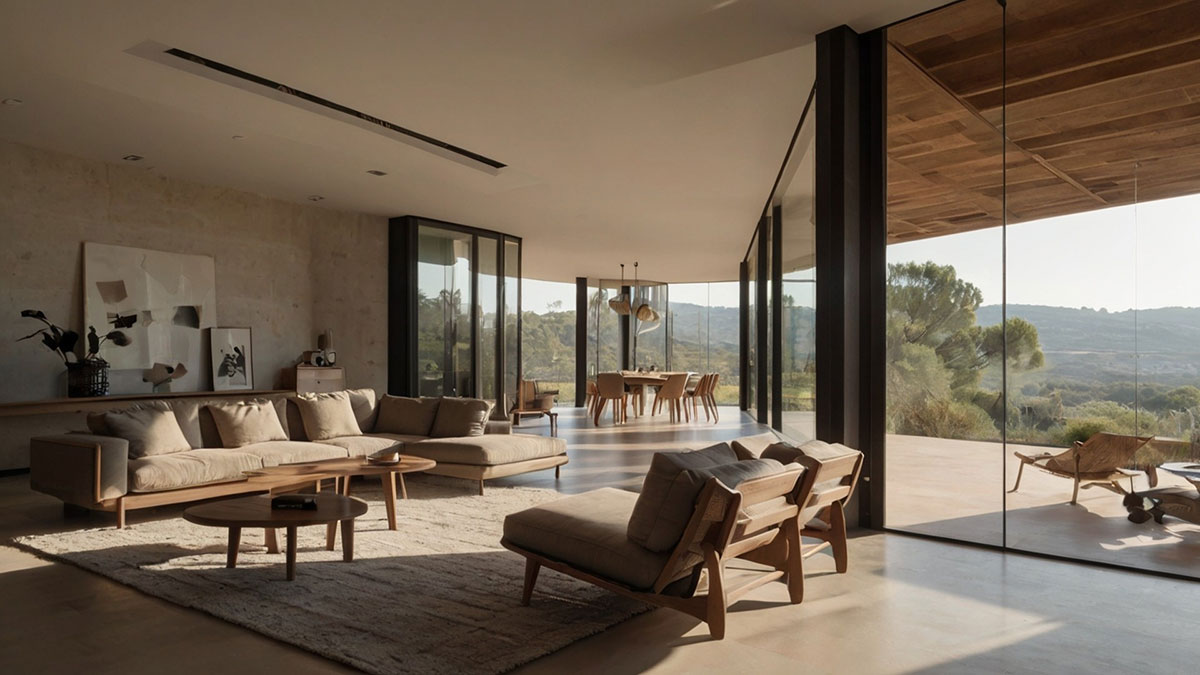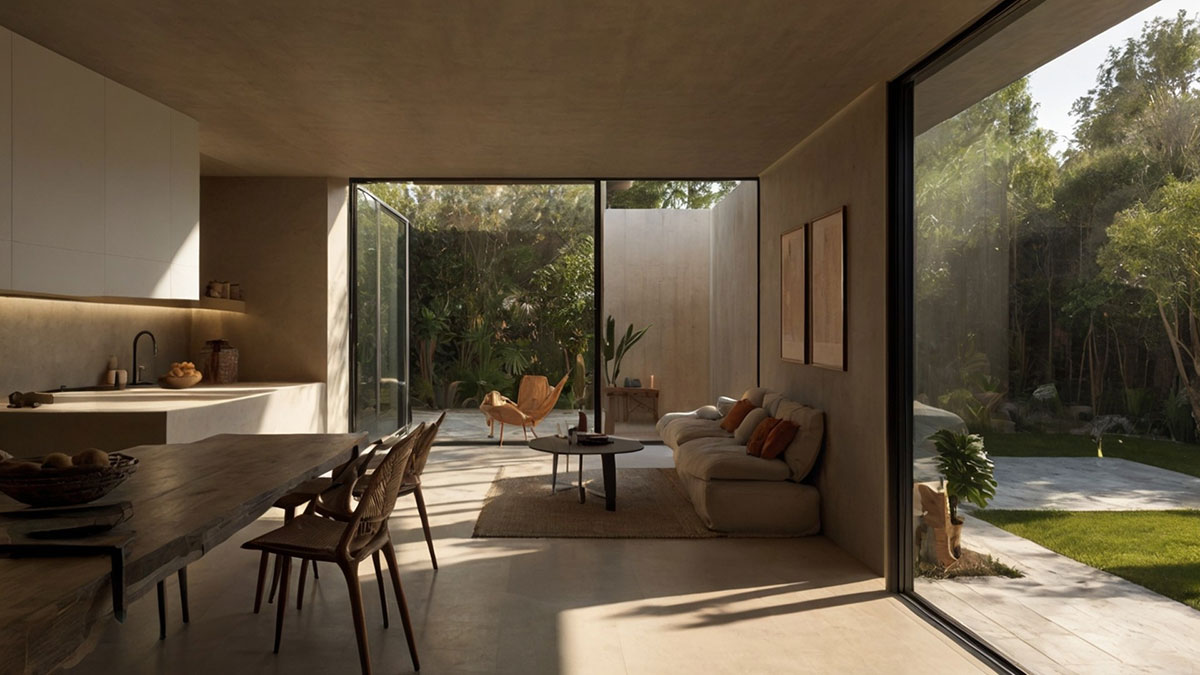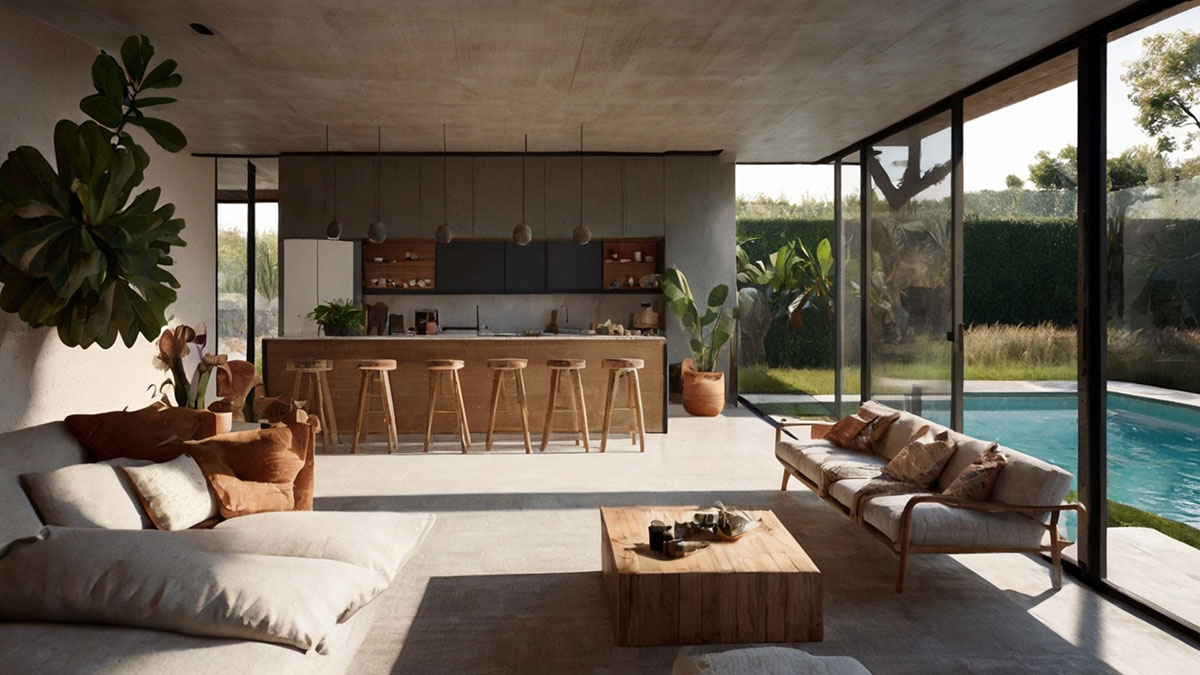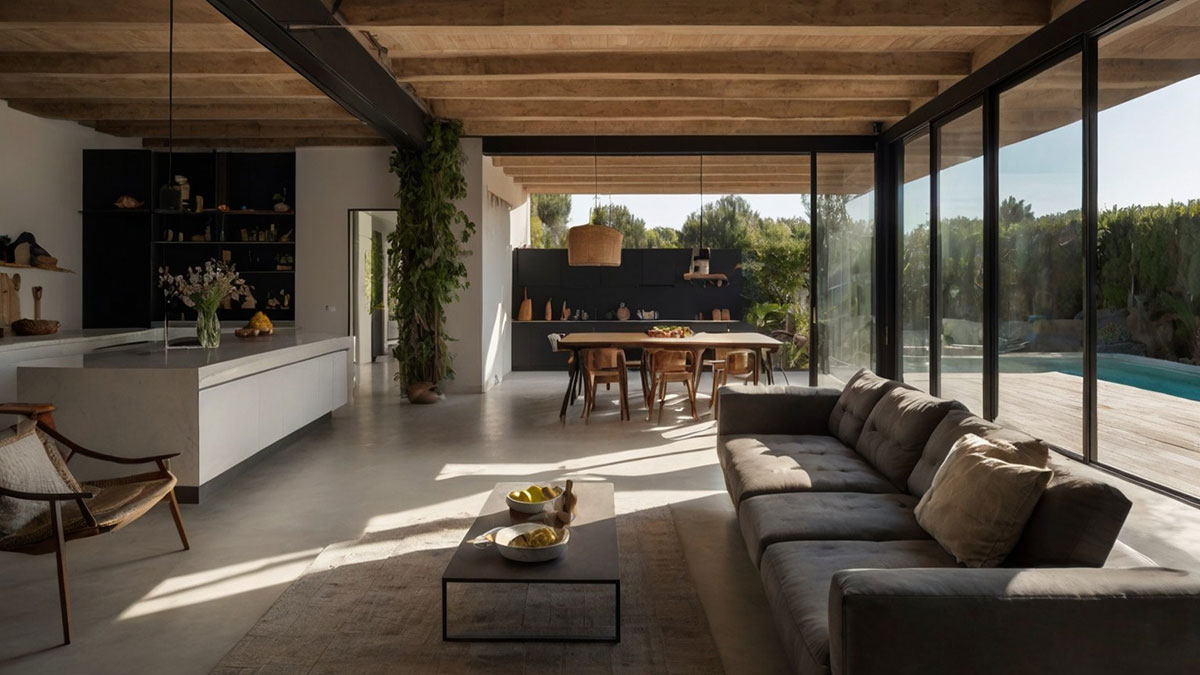Sunlight is classified according to its direction, intensity and quality in an architectural context. When designing projects for leisure and tourism, such as water and theme parks, hotels and resorts, campsites or even shopping centres, it is important to take into account the different types of sunlight. In this way, we will be able to make the most of natural lighting in these projects. With this, we will achieve pleasant environments, aesthetically attractive for visitors and users, efficient in terms of energy consumption and, therefore, more sustainable.

Qualitatively, we distinguish the following types of natural light:
–Direct light: that which comes directly from the sun, without obstacles; it is intense and creates defined shadows; it is used to highlight details, textures and shapes.

–Diffused light: this is sunlight dispersed in the atmosphere, as it arrives mediated by reflections on different surfaces, such as clouds, ceilings or walls; it does not produce marked shadows, but reaches everywhere with similar intensity; it is pleasant indoors.
–Reflected light: this is sunlight when it strikes a surface and is reflected elsewhere; it reaches the interior of buildings after being redirected by some external surface, such as nearby buildings, pavements, water, snow or light surfaces, with little loss of intensity.

–Zenithal light: this is the light that invades interiors through openings in the ceiling, such as skylights or skylights, so that it falls from above; it is effective in providing uniform and natural lighting in interior spaces.
–Filtered light: comes from the interaction of light with elements such as blinds, curtains, louvres or vegetation.

Amusement Logic’s Architecture Department considers all these lighting variables when considering the design of projects for leisure and tourism, such as water parks, theme parks, hotels and resorts, campsites or shopping centres.
By Ángel Ibáñez Pérez, senior MEP engineer in the Architecture Department at Amusement Logic






